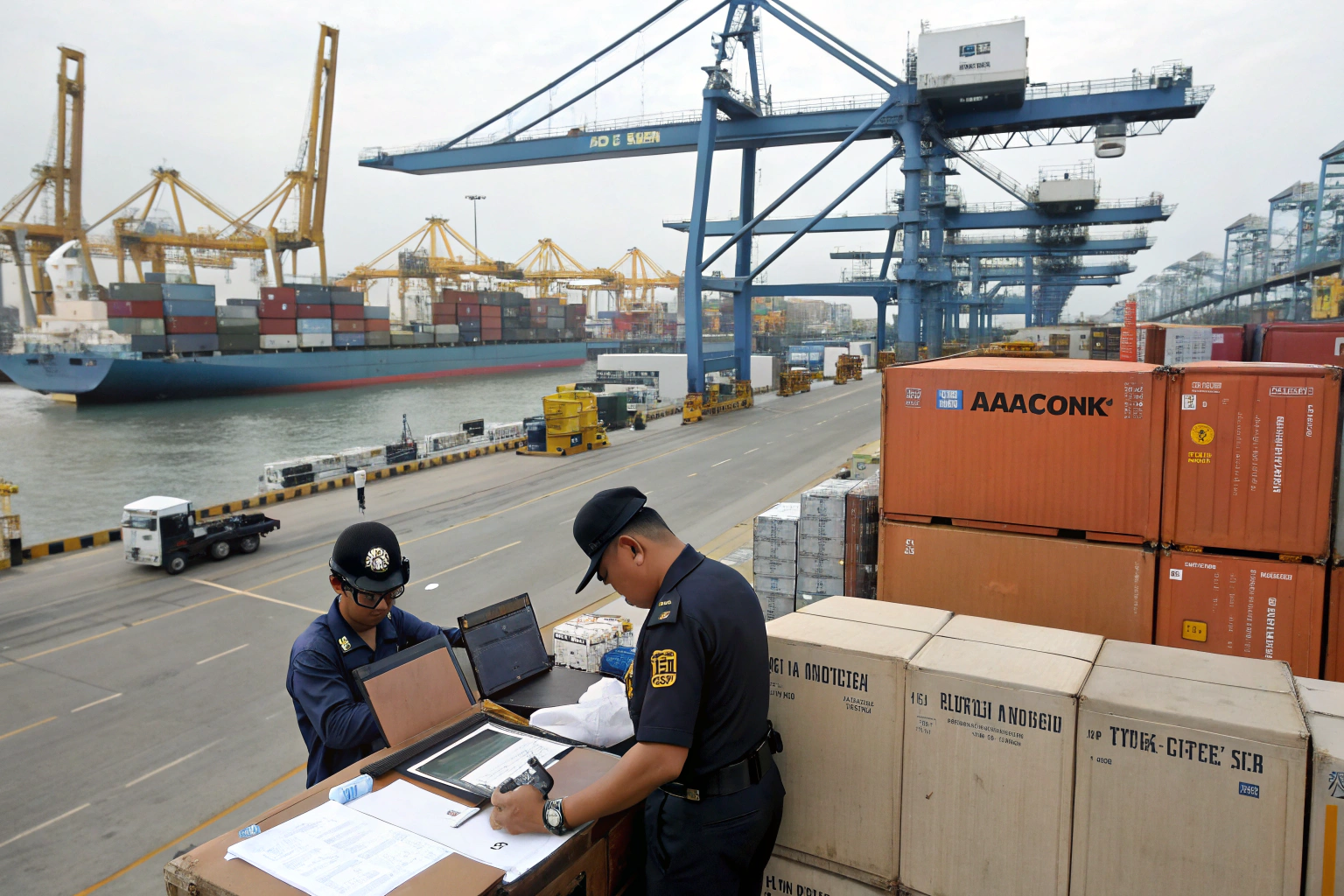If you're an Amazon seller sourcing from Southeast Asia, you’ve likely heard the alarm bells about changing tariff rates. These adjustments—driven by regional trade deals, geopolitical shifts, and national tax reforms—can wipe out profit margins overnight if you’re not ready.
The key to thriving under new tariff rules is planning ahead with the right tools, partners, and strategies.
In this guide, I’ll show you exactly how Amazon sellers like you can minimize tariff exposure, adjust supply chain models, and work with freight forwarders like us at GeeseCargo to stay cost-effective and competitive in Southeast Asia’s evolving trade environment.
What Are the Major Tariff Changes in Southeast Asia for 2025?
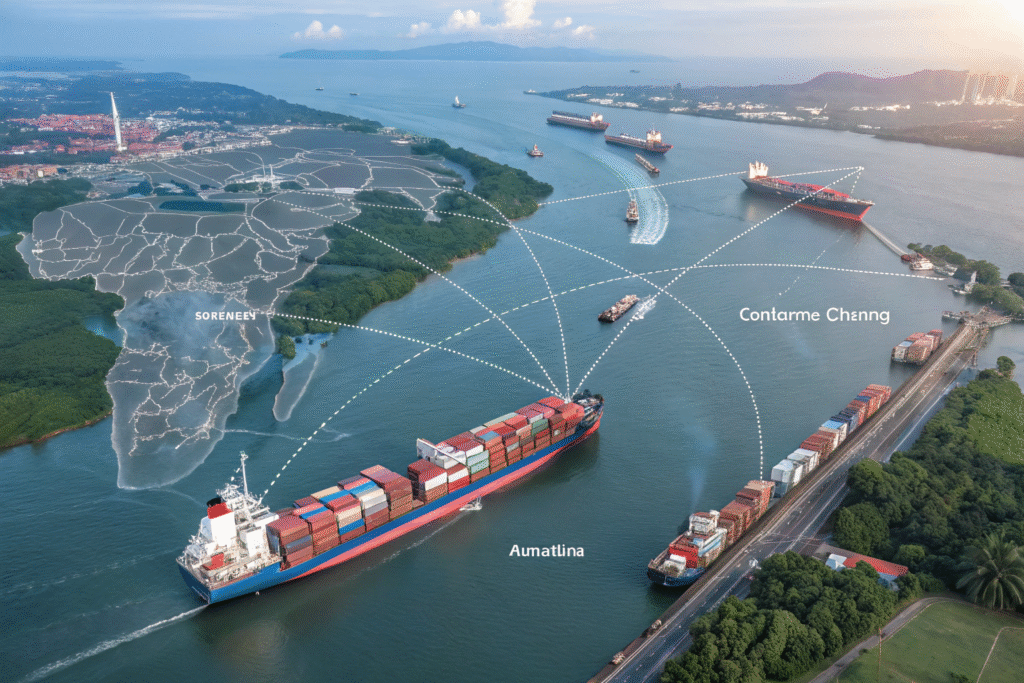
The tariff environment in Southeast Asia is evolving rapidly. Countries like Vietnam, Thailand, and Indonesia are recalibrating import/export duties due to global trade pressures and new regional agreements.
The most significant changes involve tightened rules of origin, higher documentation requirements, and shifting Most Favored Nation (MFN) rates on consumer goods.
Which Countries Are Increasing Export Tariffs?
Vietnam has adjusted export taxes on textiles and electronics, while Thailand has implemented new import declarations for cosmetics and home goods. Indonesia is revising HS code interpretations, especially for plastic-packaged items. This means HTS classification accuracy is more crucial than ever.
If you're sourcing from multiple ASEAN countries, you’ll need to monitor local trade ministry sites like Vietnam Customs or Thai Customs Department for the latest rules.
Are FTAs Like RCEP Still Beneficial for Amazon Sellers?
Yes, but with caveats. The Regional Comprehensive Economic Partnership (RCEP) allows for reduced tariffs across many SKUs—but only if you can prove origin through documentation. This is where most Amazon sellers struggle. Without a valid Certificate of Origin (Form RCEP), customs may ignore your preferential claim and charge full duty.
That’s why it's crucial to coordinate closely with your supplier and forwarder to ensure your paperwork meets FTA requirements.
How Can You Calculate Landed Costs with Changing Tariffs?
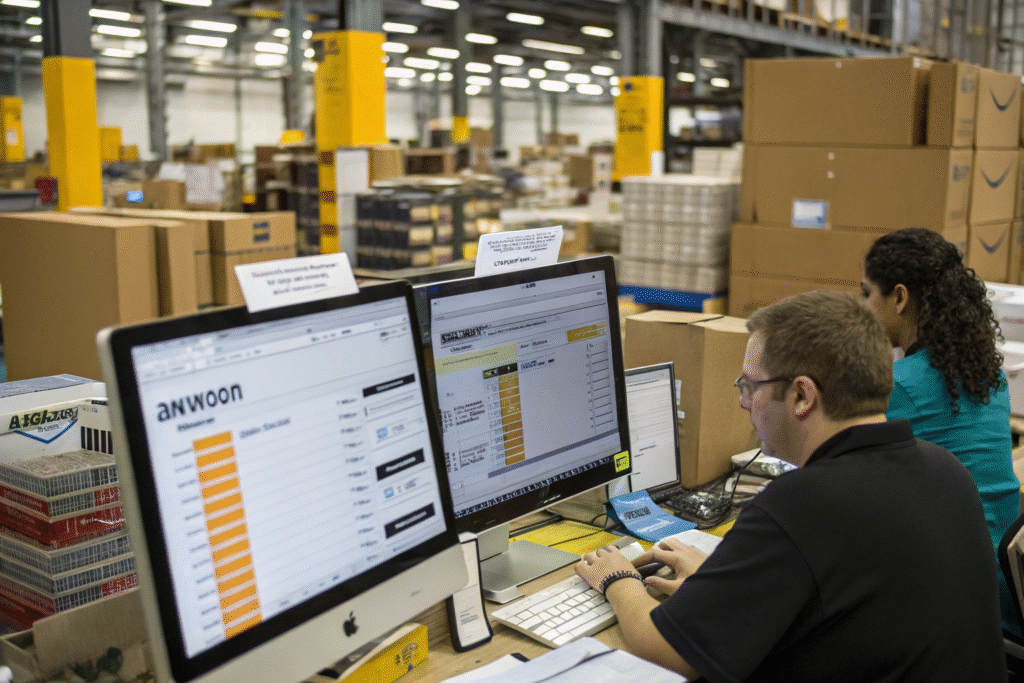
Tariff changes impact your bottom line beyond the shipping bill. You need to factor them into your full landed cost.
A correct landed cost includes product cost, shipping, tariffs, duties, insurance, warehousing, and local delivery. If you overlook just one piece, your Amazon margins will suffer.
What Tools Can Help You Forecast Tariff Costs?
Use tools like SimplyDuty and DutyCalculator to estimate tariffs and VAT by product category and destination. Amazon sellers can also integrate these APIs with FBA dashboards or spreadsheets to automate forecasting.
GeeseCargo clients often request pre-shipment landed cost previews, where we simulate tariff scenarios across routes—say, Vietnam vs. Indonesia—to compare final per-unit costs.
How Should You Adjust Pricing and Sourcing?
If your main SKUs are being hit by higher duties, you have three choices:
- Renegotiate FOB prices with your supplier.
- Shift to alternative sourcing hubs within the region.
- Optimize shipping routes to reduce overall fees.
For example, if a tariff spike hits Indonesian fabric pouches, but the same design is available from Cambodia under lower RCEP rates, consider switching. GeeseCargo helps clients validate HS codes and customs channels in each country to support these pivots.
What Documentation Is Critical Under the New Tariff Regimes?
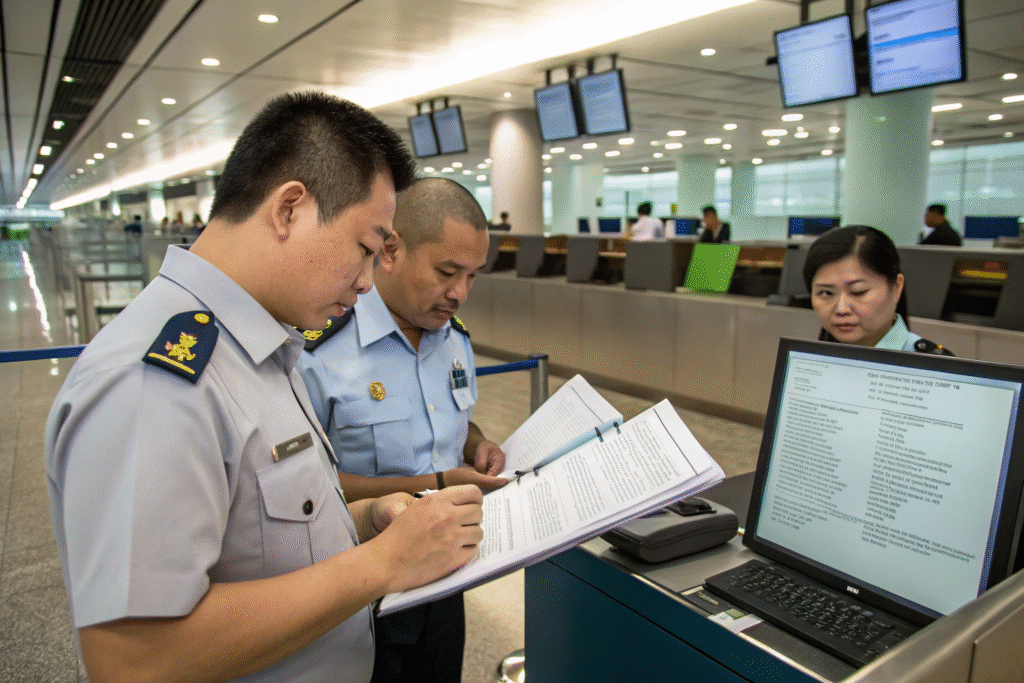
Documentation is your armor against unnecessary tariffs. If it’s incomplete, unclear, or mismatched, customs will assume the worst and assign the highest duty rate.
For Amazon sellers, clean paperwork is the fastest way to speed clearance and avoid extra fees.
What Certificates Should You Always Have Ready?
Depending on your source country and product, always prepare:
- Certificate of Origin (Form RCEP or Form D for ASEAN trade)
- Commercial invoice with clear HS codes
- Product specification sheets (especially for electronics, textiles, cosmetics)
- Packing list with declared values and weight
We often reference the World Customs Organization’s Guidelines when helping clients prepare these docs in line with current inspection standards.
How Can Errors Lead to Costly Delays?
Let’s say you declare a silk scarf under HS code 6214.90 in Vietnam, but your supplier uses 6213.90. The result? Customs halts your shipment, applies retroactive tariffs, or demands origin clarification. This can delay your Amazon FBA delivery window by weeks.
At GeeseCargo, we use double-verification procedures—matching supplier entries with our in-house customs team’s review—so your documentation is correct before departure.
How Can Freight Forwarders Like GeeseCargo Help You Stay Ahead?
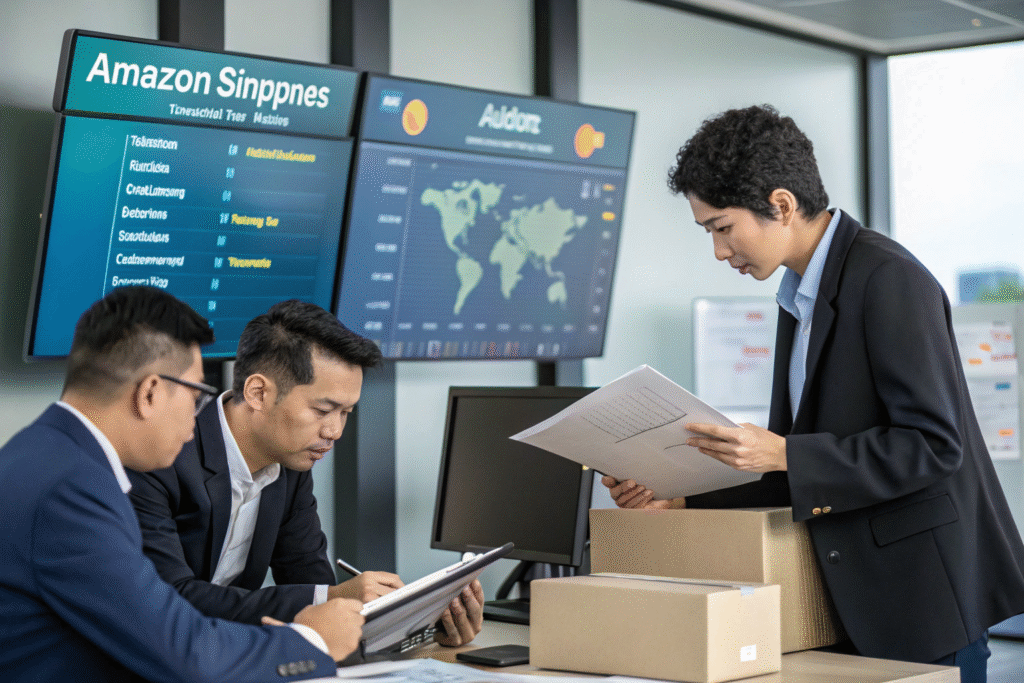
You don’t have to navigate tariff chaos alone. A strategic freight forwarder like GeeseCargo becomes your defense line.
We help Amazon sellers interpret new tariff rules, avoid penalties, and stay compliant—while keeping costs low.
What Services Should You Expect from a Forwarder in 2025?
Beyond just shipping, a modern forwarder should provide:
- Tariff lookup and HTS classification
- Form RCEP and origin compliance handling
- Country-specific customs alerts
- Route optimization between ASEAN ports and U.S.
- Consolidation of multiple supplier goods to lower freight rates
We integrate systems like CargoWise and Trademo Intel to track these updates and give Amazon clients tailored advice.
Why Work With a Forwarder Based in Asia?
Being based in China with connections across Southeast Asia, we speak directly with customs officers, port officials, and suppliers in their language. We also have boots on the ground to verify factory documents or help prepare Certificates of Origin.
That local advantage is why Amazon sellers who work with GeeseCargo stay ahead—while others get caught off guard.
Conclusion
Tariffs in Southeast Asia are shifting fast—and they can either destroy or strengthen your Amazon business. If you react late, you’ll lose money. But if you prepare smartly, you can reduce duty costs, avoid clearance issues, and find new supplier advantages.
At GeeseCargo, we support Amazon sellers every day with up-to-date tariff advice, documentation help, and low-cost shipping from Southeast Asia to the U.S. Want to safeguard your margins and simplify your next FBA shipment?
Reach out to Ben Zhu at benzhu@geesecargo.com and let’s make your business tariff-ready today.
